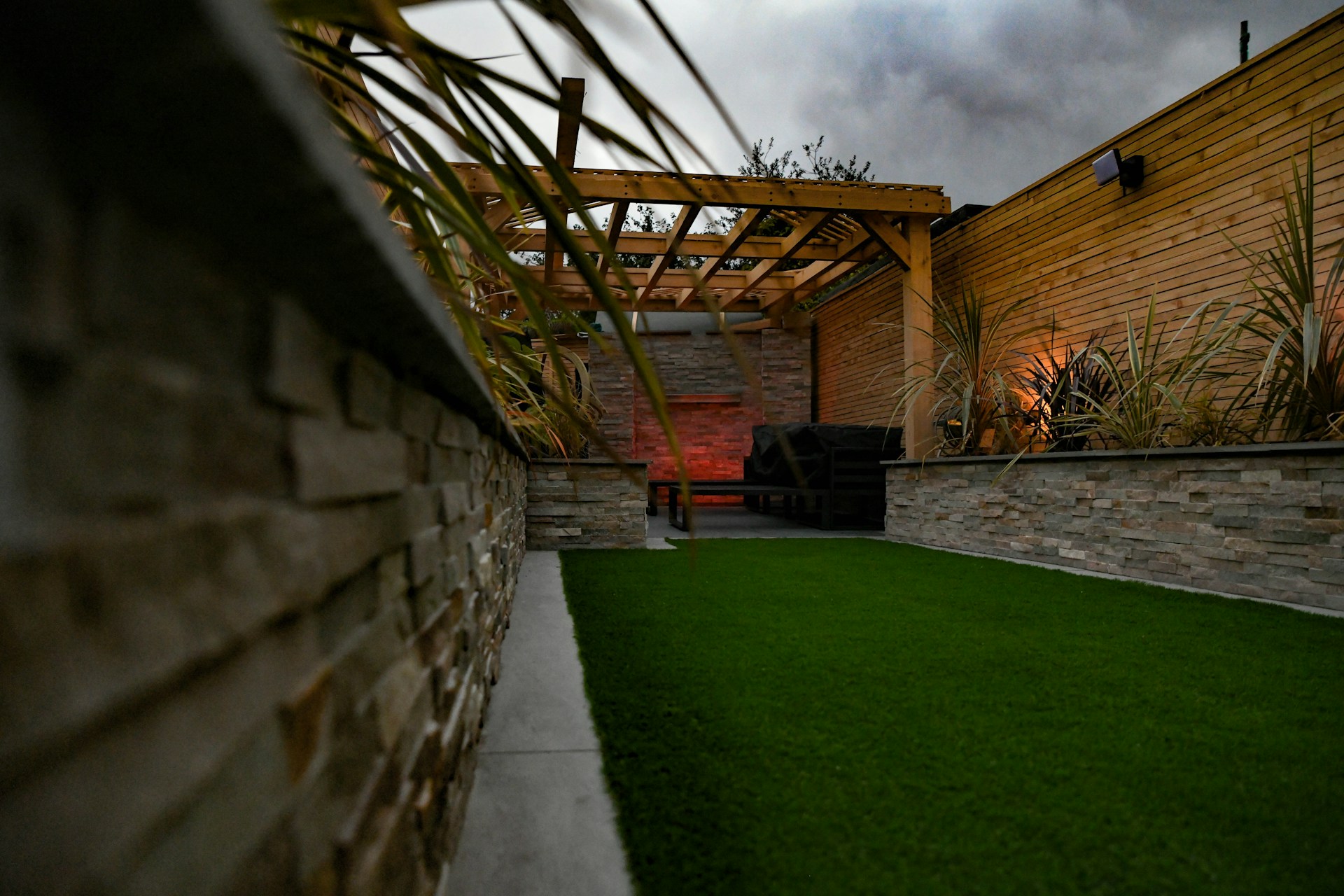Practical Lighting Plans to Extend Outdoor Use After Dark
Thoughtful outdoor lighting turns a yard or patio into a usable, safe space after dusk. This article explains practical approaches to designing lighting that supports landscaping, gardening tasks, sustainability, and evening comfort while minimizing disruption to plants and wildlife.

Good lighting design extends the hours you can enjoy outdoor spaces while supporting gardening tasks and protecting plant health. A practical plan considers where you dine, walk, or tend container plants; how lighting intersects with irrigation runs, composting zones, and mulched beds; and how to preserve pollinators and reduce pest control issues. Rather than brightening everything equally, targeted fixtures, controls, and attention to soil, pruning needs, and sustainability make the yard more functional after dark without creating glare or wasting energy.
How can lighting enhance patio and landscaping use?
Patio lighting should prioritize layering: ambient light for general comfort, task light for dining or reading, and accent light to highlight landscaping features. Soft-warm color temperatures create a welcoming atmosphere and reduce harsh contrasts that make pathways harder to see. Position fixtures to avoid shining into neighbors’ windows and to respect plant growth patterns; strong uplighting close to foliage can stress leaves and alter natural rhythms. Combine low-level step or path lights with spot accents for shrubs or small trees so the patio feels both safe and intimate. For landscaping, think in planes—ground, mid-height, and canopy—so elements are visible without overwhelming the space.
What lighting suits container and plants displays?
Containers and potted plants often sit at eye level and benefit from directional, low-heat lighting. LED fixtures with focused beams let you showcase specimen foliage or flowering pots without overheating soil or damaging sensitive blooms. Use adjustable spotlights or small pedestal fixtures to control glare and highlight textures. When planning for indoor transitions—such as bringing plants inside after dark—ensure entryway lights are bright enough for safe handling but avoid prolonged exposure that could confuse photoperiod-sensitive species. Position lights to complement pruning and regular plant care routines so maintenance tasks remain easy in the evening.
How to balance lighting with pollinators and pest control?
Nighttime lighting can disrupt pollinator activity and attract unwanted pests if not planned thoughtfully. Favor warmer color temperatures (2700K–3000K) and shielded fixtures to limit skyglow and reduce attraction of nocturnal insects. Use motion-activated lighting for rarely used areas to minimize constant illumination. Consider timed lighting schedules to avoid bright light during peak pollinator movements at dusk or dawn. Integrating a lighting strategy with pest control methods—such as targeted traps, habitat management, and selective plantings—helps maintain ecological balance while keeping the yard usable.
Can lighting support sustainability and irrigation systems?
Sustainable lighting emphasizes energy efficiency, smart controls, and synergy with existing systems like irrigation. Solar fixtures can work on sunny properties but assess reliability for consistent evening use; wired low-voltage LED systems often offer longer-term predictability and easier integration with timers or apps. Coordinate fixture placement with irrigation heads and drip lines to avoid accidental damage during installation and to prevent water splashes on electrical components. Smart lighting schedules help reduce energy use and can be set to complement irrigation cycles so garden care and illumination don’t conflict. Consider grouping controls so lighting and irrigation can be programmed to avoid overlapping maintenance activities.
What fixtures work with soil, mulching, and composting areas?
Areas surrounding compost piles, mulched beds, and exposed soil need practical, durable lighting rather than decorative pieces. Choose fixtures rated for wet or damp locations and mount them where they won’t be disturbed during mulching, turning compost, or pruning activities. Low-mounted bollards or recessed path lights provide safe footing without shining directly onto soil surfaces, which can affect temperature-sensitive microhabitats. Avoid placing high-heat lamps near composts; LED solutions keep temperatures stable and reduce the risk of drying out important organic material. Durable finishes and removable lenses make maintenance easier where dirt and debris are common.
Plan lighting for pruning, indoor transition, and safety
Effective evening gardening often involves tasks like pruning, moving container plants, or checking irrigation. Task-focused lighting—adjustable work lights or focused spotlights—helps you see structural details without over-illuminating the whole garden. Ensure switches or controls are accessible where you store tools or bring plants indoors. For safety, illuminate steps, handrails, and entry points with consistent luminance so shadows don’t hide tripping hazards. Thoughtful planning reduces the need for ad-hoc bright lights that can disrupt both plants and neighbors, and it supports routine maintenance such as pruning and pest control checks.
In summary, extending outdoor use after dark relies on a layered, plant-sensitive lighting plan that balances comfort, safety, and ecological considerations. Position fixtures to support patio activities, container displays, and garden maintenance while protecting pollinators, soil health, and composting operations. Prioritize adaptable, efficient fixtures and coordinate lighting with irrigation and landscaping work to achieve functional, sustainable evening outdoor spaces.





